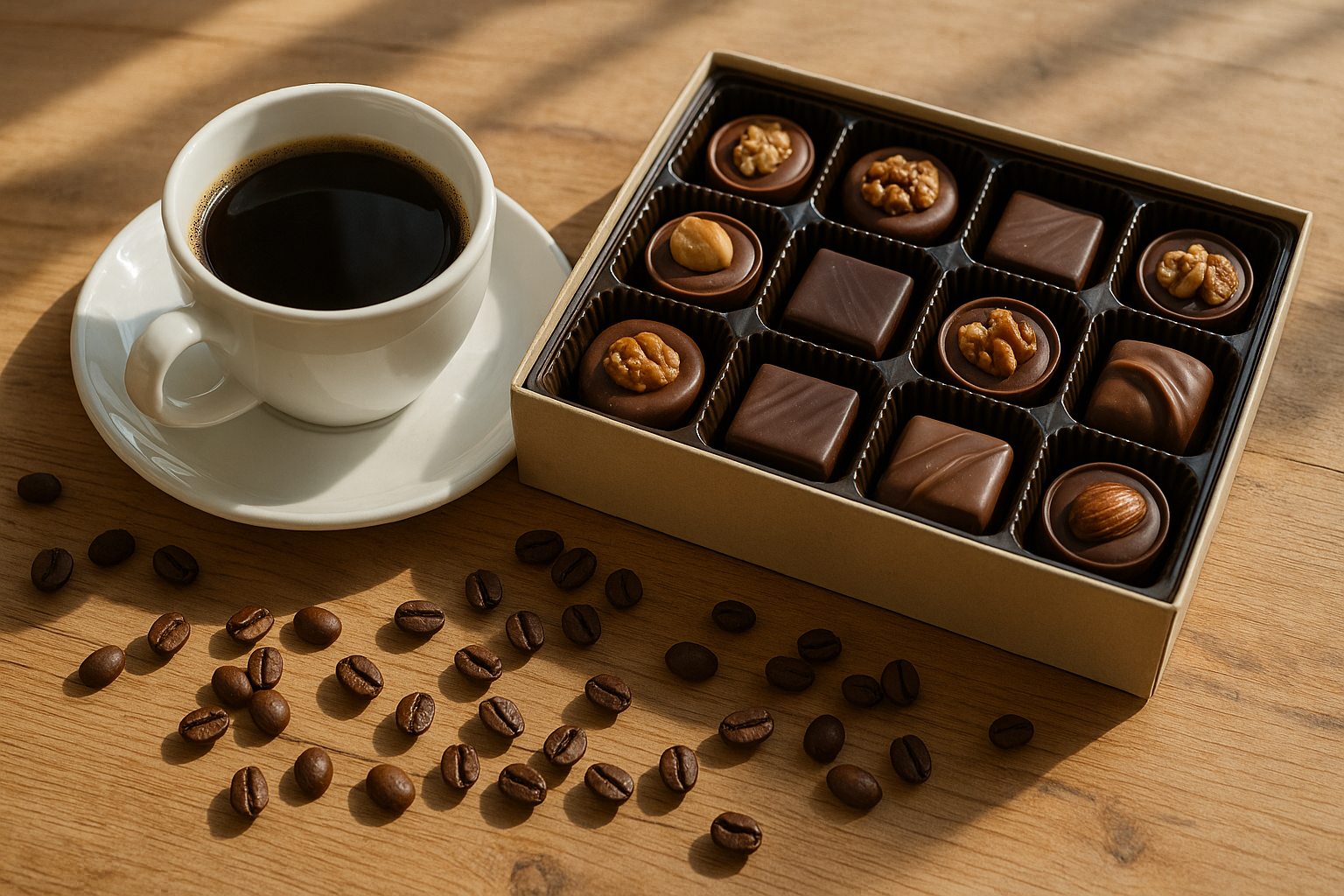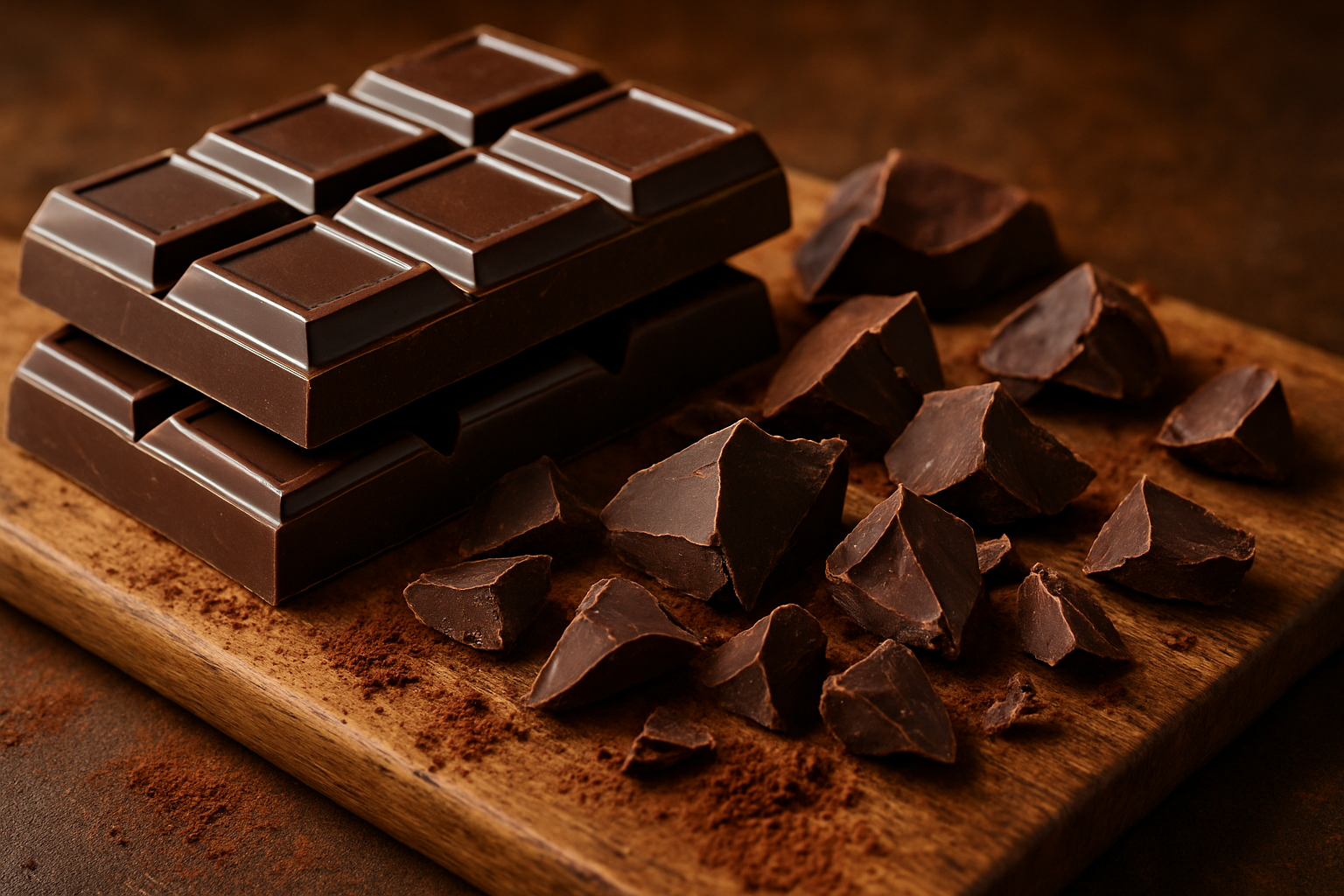Tempering chocolate. The very phrase can strike fear into the hearts of even seasoned home bakers. Visions of seized, dull, and streaky messes dance in their heads. But fear not, aspiring Chocolatier! Tempering chocolate, while requiring precision and patience, is a skill that can be mastered with the right understanding and a step-by-step tempering chocolate approach. This guide will demystify the process and equip you with the knowledge to achieve that coveted smooth, glossy finish and satisfying snap that defines professionally tempered chocolate. So gather yourself and learn how to temper chocolate with our tempering chocolate guide in a step by step tempering style.

Why Bother Tempering? The Science Behind the Shine
Remember, the chocolate you buy from the professionals is professionally tempered. You won’t need to produce the same masses of tasty chocolate but you can learn how to temper. Use our step by step chocolate tempering guide. Before diving into the how-to, let's understand the why. Chocolate contains cocoa butter, a complex fat composed of various crystals. Let us guide you on how to temper chocolate, because good looking chocolate is better than just good chocolate! When chocolate melts and cools without proper tempering, these crystals form in an unstable and haphazard manner. This results in chocolate that is:
-
Dull and streaky (fat bloom): An unappealing white or greyish coating on the surface.
-
Soft and crumbly: Lacking that satisfying snap.
-
Difficult to work with: Shrinks poorly and doesn't release cleanly from moulds.
In order to create luxurious looking chocolate, follow our step by step chocolate tempering guide. Tempering is the process of carefully heating and cooling chocolate to specific temperatures, causing the stable beta crystals of cocoa butter to multiply and dominate. In order to get smooth shiny chocolate you should know how to temper chocolate. This controlled crystallisation yields chocolate that is:
-
Shiny and glossy: A hallmark of well-tempered chocolate.
-
Hard and crisp: Exhibiting a clean, sharp snap.
-
Smooth and melts evenly in the mouth.
-
Contracts slightly when cooled: Making it easy to unmould.
Choosing Your Chocolate: Quality Matters
There are some important factors to take into account when looking to temper chocolate. The quality of your starting chocolate significantly impacts the ease of tempering and the final result. Opt for couverture chocolate, which has a higher percentage of cocoa butter (typically 30-40%) specifically designed for tempering. Chocolate chips and baking chocolate can be more challenging due to stabilizers and lower cocoa butter content. Still, by using our step by step chocolate tempering guide you can achieve great results.
So if you’re ready to take on the task, we are here to help provide the tools so to speak. Firstly the chocolate.
Coming in a variety of flavours to help you on your way to making smooth delicious chocolate. Cappuccino, Milk, Dark, Orange, to name a few. All ready and waiting to set you on your way to that perfectly tempered chocolate creation.
Decided on your flavour? Good now begin our step by step chocolate tempering guide to achieve great results.
The Three Main Methods of Tempering:
While variations exist, the three primary methods for tempering chocolate are:
-
Seeding Method: Introducing already tempered chocolate (the "seed") to melted chocolate.
-
Tabliering Method (Marble Slab Method): Cooling and agitating melted chocolate on a cool surface.
-
Water Bath Method: Carefully controlling the temperature using a double boiler.
This guide will focus on the seeding method, often considered the most accessible for home cooks.
The Seeding Method: A Step-by-Step Guide
What You'll Need:
-
High-quality couverture chocolate (at least 70% of the chocolate you'll be working with)
-
A heatproof bowl (glass or stainless steel)
-
A saucepan that the bowl can sit over without touching the bottom
-
A reliable digital thermometer (essential for accuracy)
-
A spatula or scraper
-
A separate bowl for the "seed" chocolate
Step 1: Melt Two-Thirds of Your Chocolate
-
Finely chop approximately two-thirds of your chocolate. This will help it melt evenly.
-
Place the chopped chocolate in the heatproof bowl.
-
Fill the saucepan with a small amount of water, ensuring the bottom of the bowl won't touch the water when placed on top (creating a double boiler).
-
Gently heat the water over low to medium heat. The steam will gently melt the chocolate. Stir occasionally with a clean, dry spatula.
-
Melt the chocolate completely, stirring until smooth and no lumps remain.
-
Using your digital thermometer, monitor the temperature carefully. The target melting temperatures are:
-
Dark Chocolate: 115-120°F (46-49°C)
-
Milk Chocolate: 110-115°F (43-46°C)
-
White Chocolate: 100-105°F (38-41°C)
-
-
Remove the bowl from the heat once the chocolate reaches the upper end of the target range.
Step 2: Introduce the "Seed" Chocolate
-
Finely chop the remaining one-third of your chocolate (the "seed" chocolate). This tempered chocolate contains the stable beta crystals we want to encourage.
-
Add the chopped "seed" chocolate to the melted chocolate.
-
Stir gently and continuously until all the "seed" chocolate has completely melted and is fully incorporated. This process will lower the temperature of the melted chocolate and introduce the stable crystals.
Step 3: Cool and Agitate
-
Continue stirring the chocolate slowly and steadily while monitoring the temperature. The goal is to cool the chocolate to the working temperature, allowing the stable beta crystals to multiply.
-
The target working temperatures are:
-
Dark Chocolate: 88-90°F (31-32°C)
-
Milk Chocolate: 84-86°F (29-30°C)
-
White Chocolate: 82-84°F (28-29°C)
-
-
Be patient and stir consistently. This agitation helps the stable crystals form evenly throughout the chocolate.
Step 4: Check for Temper
The "snap test" is a crucial step to verify if your chocolate is properly tempered.
-
Dip the tip of a knife or a small piece of parchment paper into the tempered chocolate.
-
Place it on a cool surface (room temperature is usually sufficient).
-
Within 2-3 minutes, properly tempered chocolate should set firm and glossy, with a distinct snap when broken. If it remains soft, dull, or takes longer to set, it is not yet properly tempered.
Step 5: Maintain Temper and Work Quickly
-
Once your chocolate is tempered, it needs to be kept within the working temperature range. You can place the bowl over a very gently warmed water bath (be extremely careful not to overheat it) or use a heat lamp.
-
Work relatively quickly with the tempered chocolate as it will eventually begin to cool and potentially go out of temper.
Hopefully, having followed our step by step tempering chocolate guide, you will be left with superbly desirable chocolate. However, should things not be quite right, check out the possible solutions below.
Troubleshooting Tempering Issues:
-
Chocolate Seizes (becomes thick and grainy): This usually happens when even a tiny amount of water or steam gets into the melting chocolate. Unfortunately, seized chocolate cannot be tempered.
-
Chocolate Doesn't Temper: Ensure your thermometer is accurate, you've reached the correct melting and working temperatures, and you've added enough "seed" chocolate. You may need to reheat slightly and add more "seed" or try a different tempering method.
-
Fat Bloom (white streaks or coating): This indicates improper tempering or temperature fluctuations after tempering.

Practice Makes Perfect:
Tempering chocolate is a skill that improves with practice. To get the best results, you not only need to know how to temper chocolate, but you need plenty of practice at it. Follow our step by step guide to tempering chocolate. Don't be discouraged if your first attempt isn't perfect. Pay close attention to the temperatures and the consistency of the chocolate at each stage. With patience and persistence, you'll be well on your way to creating beautifully tempered chocolate creations that will impress even the most discerning palates. It won’t be long until others are saying, “You know how to temper chocolate, could you teach me”?








